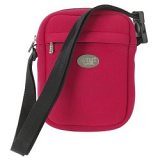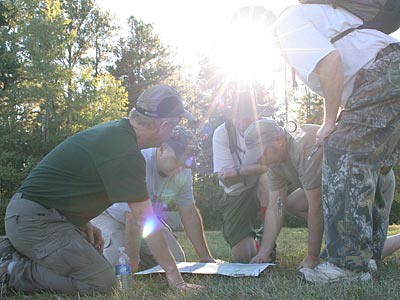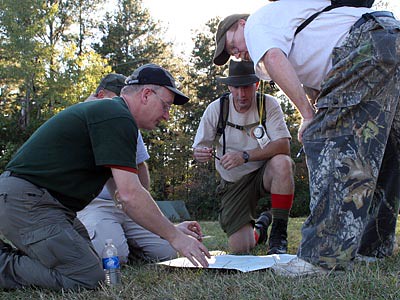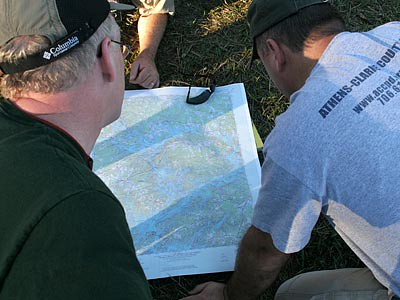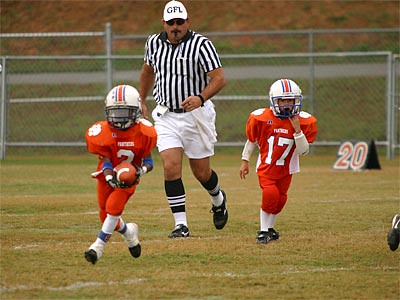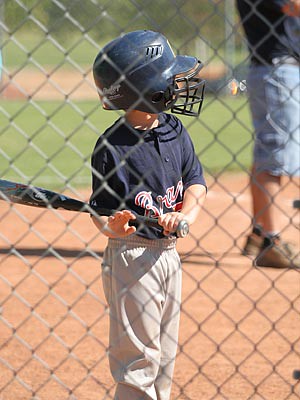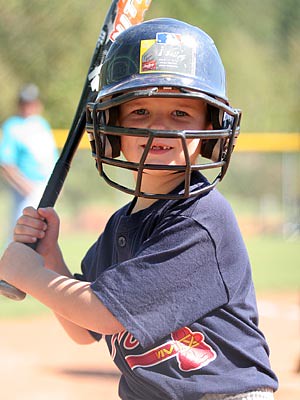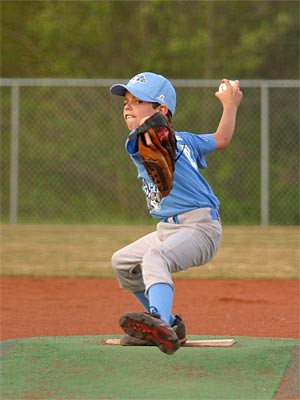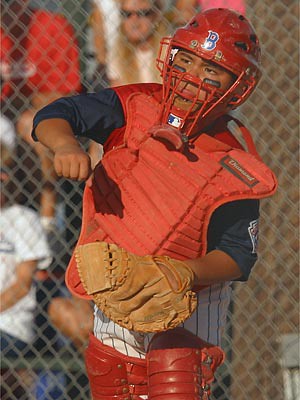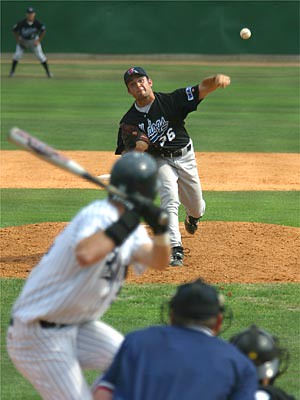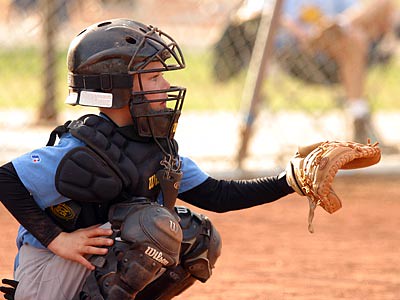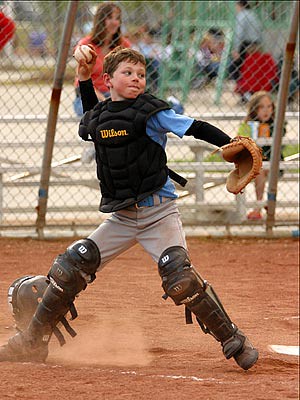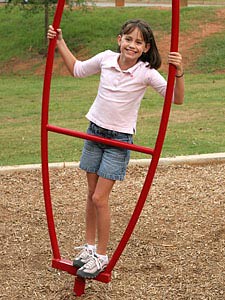Now that we have a better understanding of exposure, let’s go back and visit the topic of light again. Not all types of light are the same, and certain kinds of light are better than others.
For many subjects, direct sunlight can be very flattering. This is especially true for landscapes, architectural, and sports. Take, for instance, this photo of Main Hall at Southern Virginia University. It was taken in the middle of the afternoon with the sun shining directly on the face of building. It looks great!

For other subjects, however, direct sunlight can be harsh and unflattering. Many portraits are this way.
When taking photos of people, you usually don’t want the sunlight to be shining directly in their faces. It can cause people to squint and wrinkle up their faces. In fact, the only time I like to use direct sunlight in portraits is late in the day, during the last hour before the sun sets. This light is diffused greatly through the layers of the atmosphere at this time of the day, which results in a softer, warmer light than what you have during midday.
Ambient light is much better for portraits and general people photos. There are several things that can be the source of your ambient light – the open sky above, reflecting from off a wall, or filtering through curtains.
What’s even better is when you can use ambient light that is coming primarily from one direction. If you can have the light coming slightly from the side and the front at the same time, then that is ideal. It will create slight shading across the face, which will help create a three dimensional effect.
Take a look at this photo of my daughter. It was taken at a swim meet, and she was waiting for her event. She was sitting in the shade, but the ambient light was coming from above her and to her right. The soft ambient light created faint, soft shadows on her face which allows you easily see how it is shaped.

Since it is coming straight from your camera, light from your flash can cause all of the shadows to disappear and effectively flatten the details of your subjects face. There are some tricks you can use with your flash, though, that will enhance a photo.
For instance, if you have a dedicated flash attached to your camera you can point the flash into the ceiling above or an adjacent wall. This is called bouncing your flash, and it works best when you use a white wall. In this photo, I captured my niece licking the spatula from mixing a cake. I bounced the flash off of the ceiling, creating a much better photo than if I aimed it right at her face.

Notice the light of the bounced flash is reflecting in her eyes. This kind of light reflection really helps your subject seem alive, whether you are shooting a person or an animal. Look for ways to capture that and your photos will improve dramatically.
You can also use the flash to fill in where the dominant light source is directly behind the subject, as in these two photos.
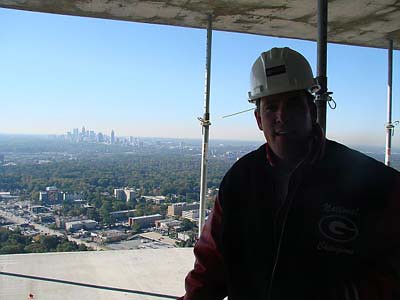
Because of the bright background, the camera was fooled into thinking it didn't need to use the flash. For the second shot, the flash was used to fill in the dark foreground.
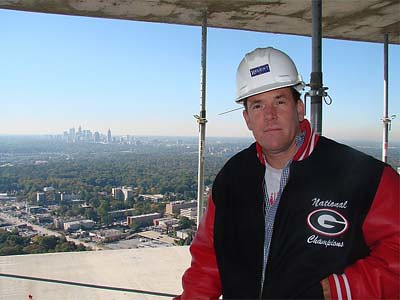
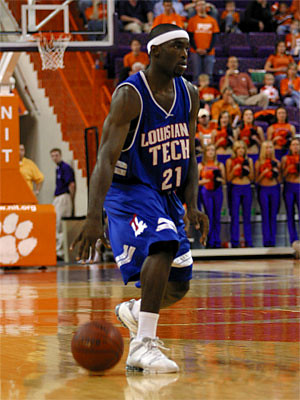















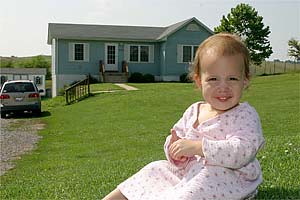
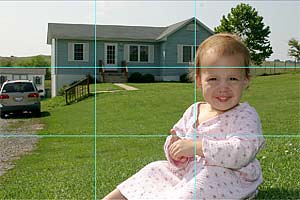
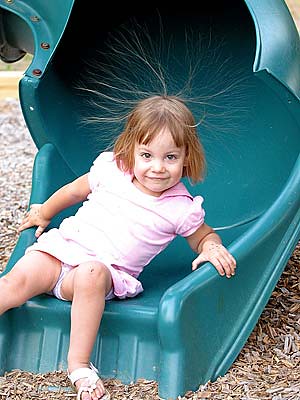
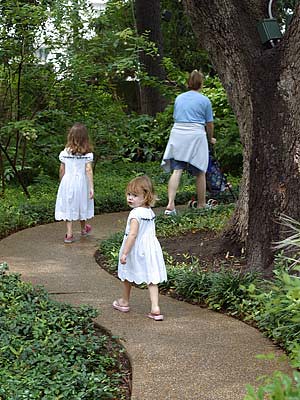
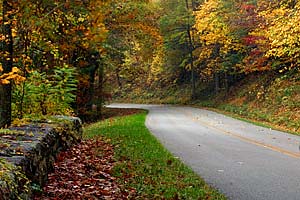

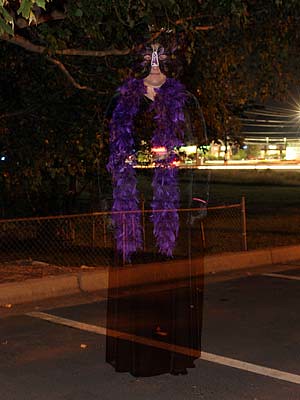
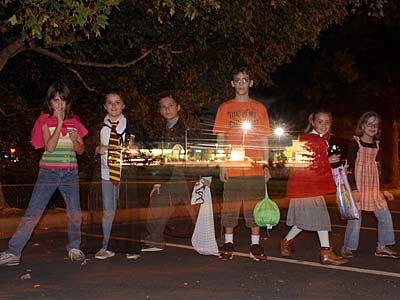
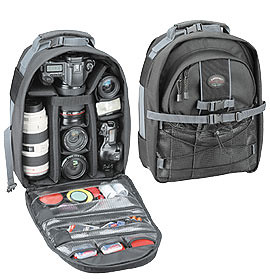 I personally use the Tamrac 5375 Photo Backpack. It is rugged, padded, and has plenty of storage for two cameras, a flash, and four lenses. I can also pack it with two spare camera batteries, eight spare flash batteries, several memory cards, and a bunch of odds and ends.
I personally use the Tamrac 5375 Photo Backpack. It is rugged, padded, and has plenty of storage for two cameras, a flash, and four lenses. I can also pack it with two spare camera batteries, eight spare flash batteries, several memory cards, and a bunch of odds and ends.